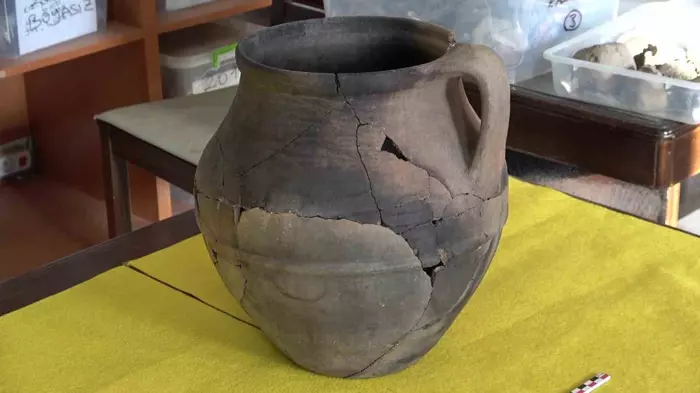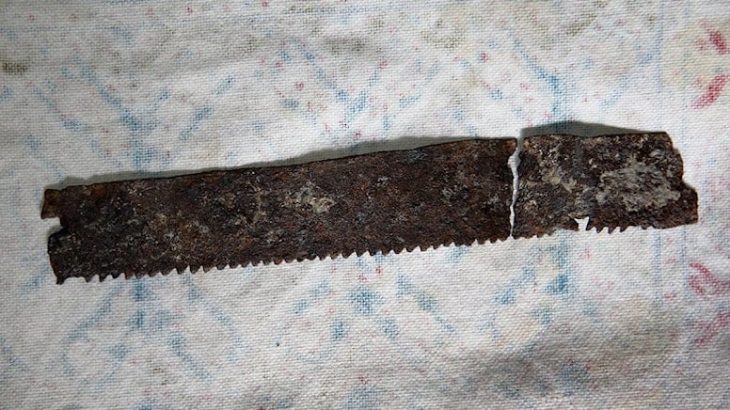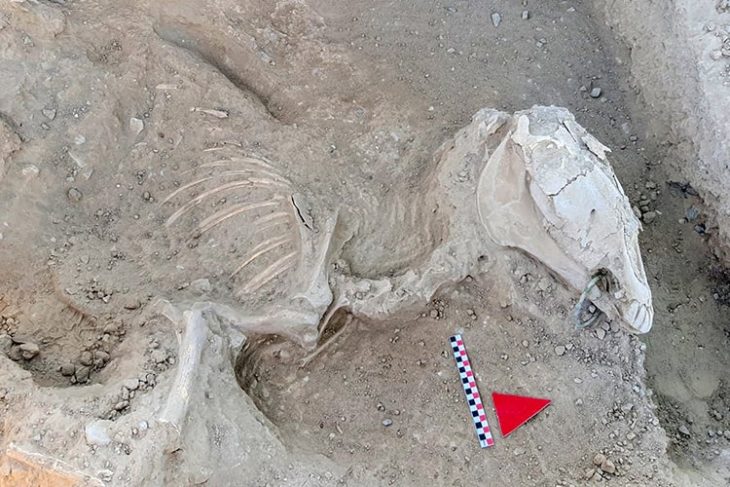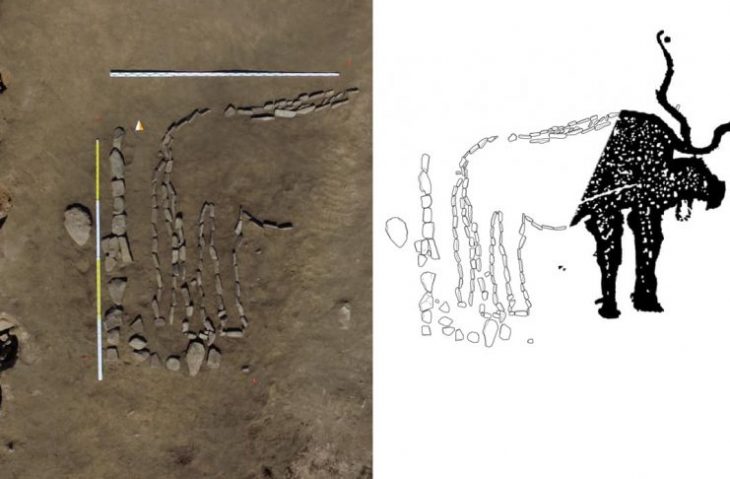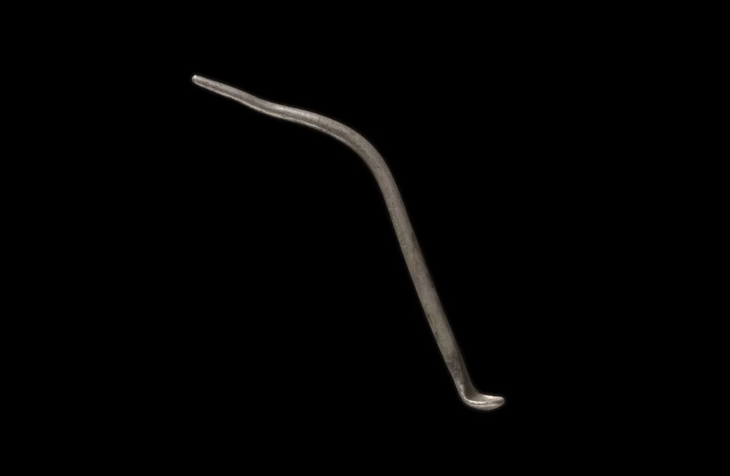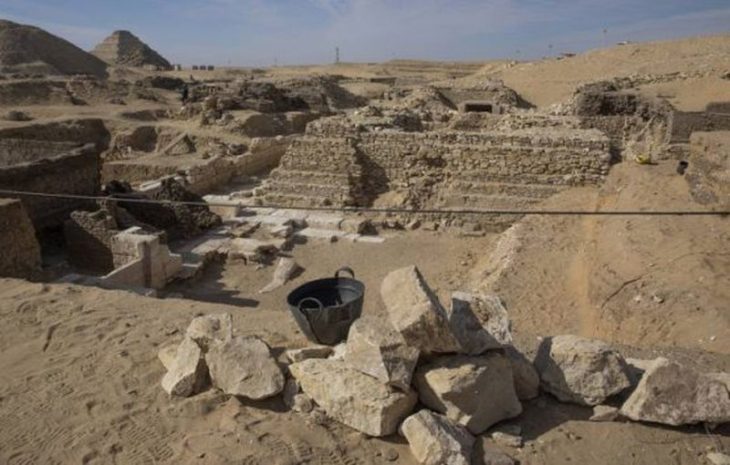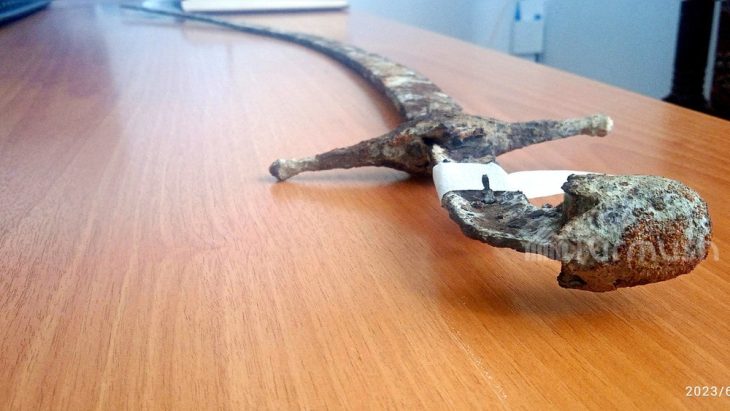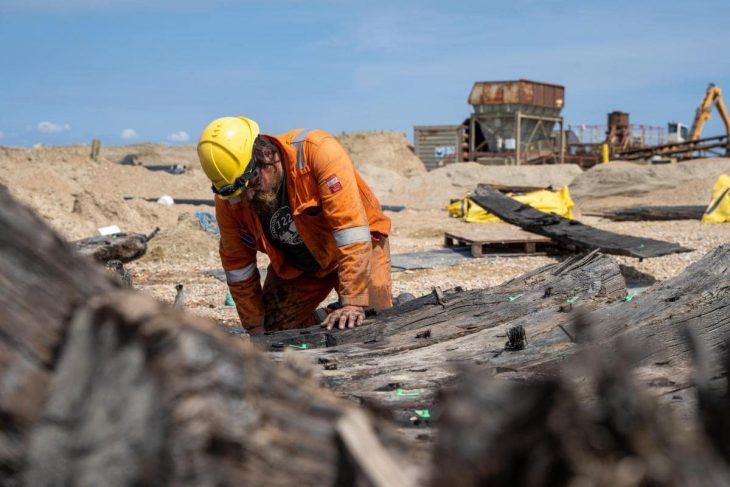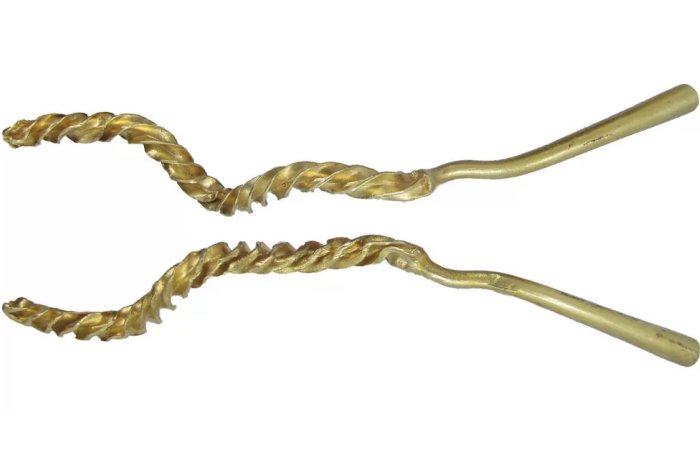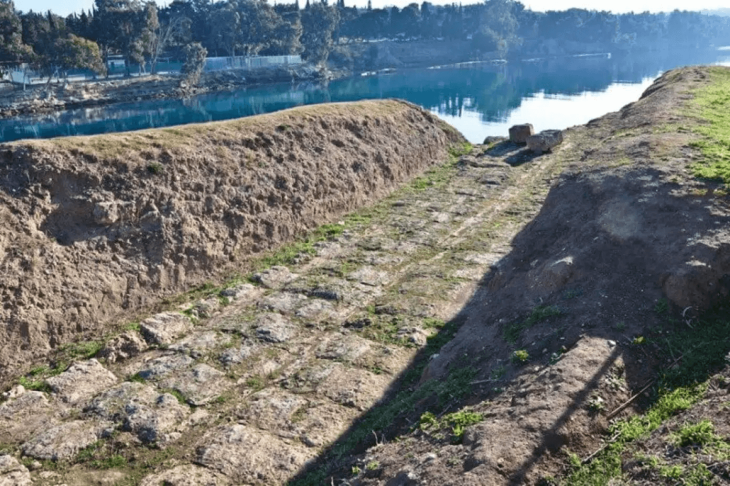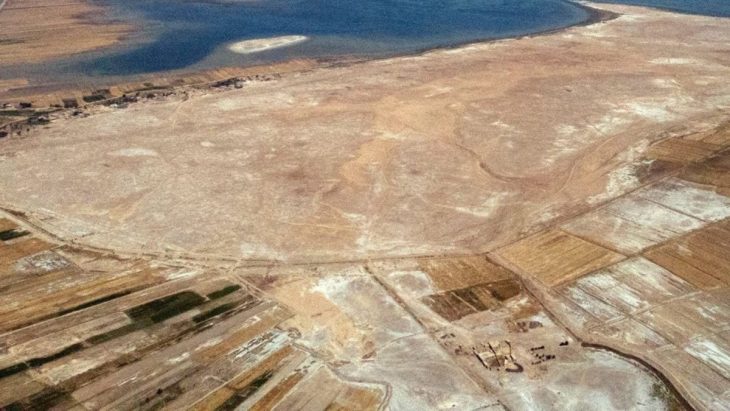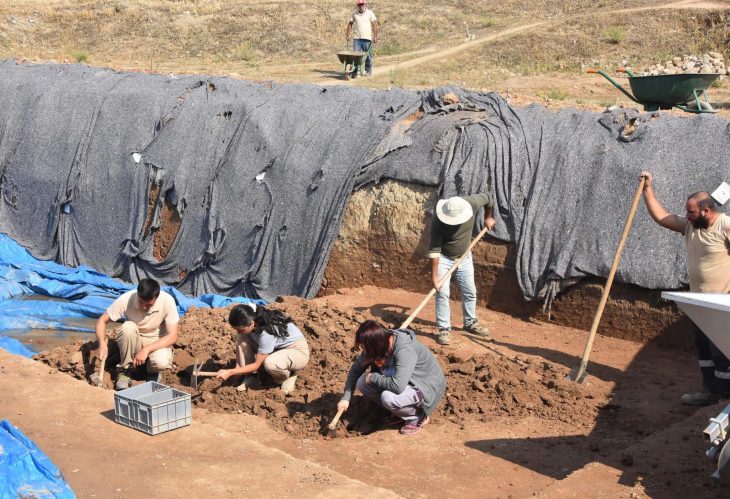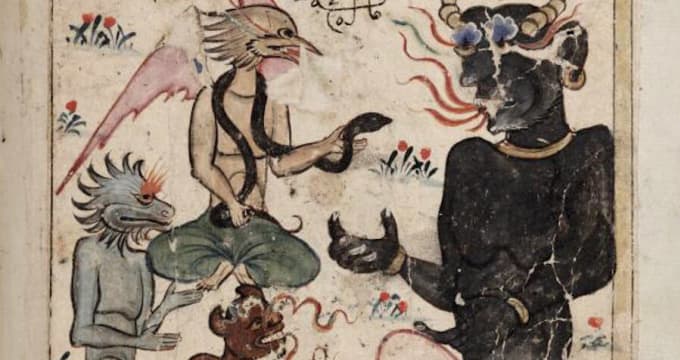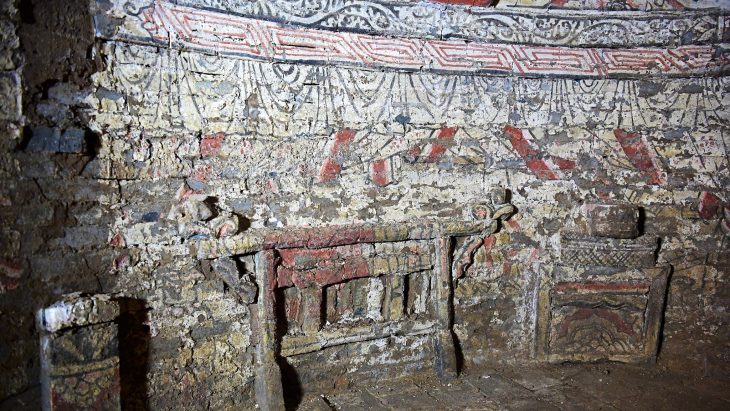A 2,500-year-old earthenware pot containing bone fragments and grains from the Persian-era palace kitchen was discovered during archaeological excavations at the Oluz Höyük (Oluz Mound) in Amasya province in northern Türkiye.
The finds that excite scientists point to the ancient dish of Anatolia, keşkek, which is made of meat with bones and grains.
Oluz Höyük (Oluz Mound) is a very important ancient settlement with a history stretching back 4,500 years BC. For archeologists, this site in Central Türkiye represents an exciting opportunity to learn not only about the history of the region but also about the history of civilizations.
Excavations in Oluz Höyük, located 25 kilometers west of Amasya, have been continuing for 17 years. Istanbul University Archaeology Department faculty member and professor, Dr. Şevket Dönmez, is leading the excavation works.
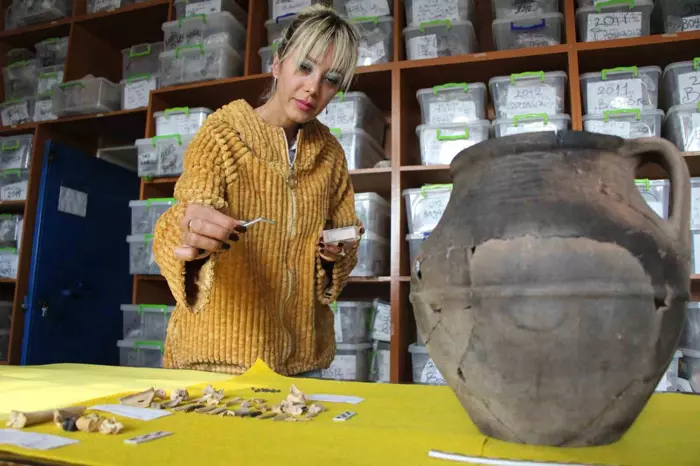
Head of the excavations, Istanbul University Archaeology Department Professor Şevket Dönmez said, “It is very similar to keşkek, a very popular dish of Anatolia. The shape of the pot we found and the ingredients inside are very similar to today’s keşkek culture.”
Reminding that after unearthing the monumental entrance and kitchens of the Persian palace during the excavations that have been going on for 17 years, they also found many animal bones, grain residues, and grinding stones, Dönmez said that the 30-centimeter-long pot made of terracotta is large enough to cook a meal for approximately 30 people.
“The pots confirm our thought that this area was the kitchen of the Persian palace. It doesn’t look like ordinary family cooking utensils,” he said.
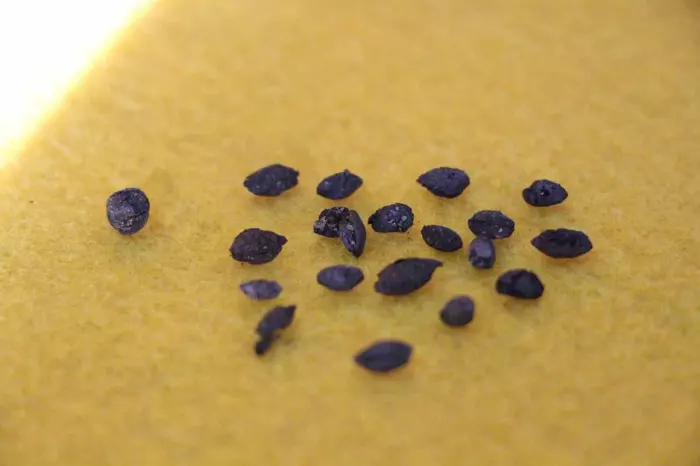
Oluz Höyük, located 25 kilometers west of Amasya, is an ancient city which has rich findings of religious structuring. During the excavations that have been going on for 15 years, 10 settlement layers were encountered, each of them had a religious structure.
You can read our article about the subject: Evidence of the Birth of Archaic Monotheism in Anatolia found at Oluz Höyük, “Havangah prayer at Oluz Höyük”.

